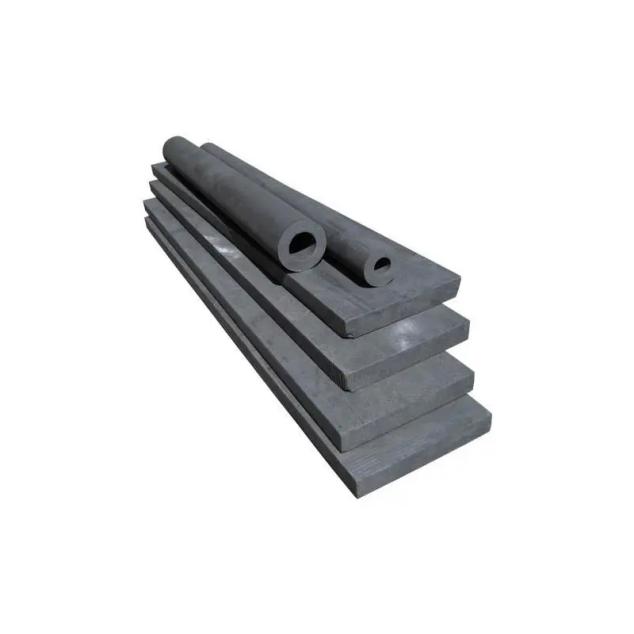In today’s fast-paced technological landscape, products are becoming smaller, thinner, and more powerful than ever before. This rapid evolution presents a significant engineering challenge: managing the immense amount of heat generated by compact electronics. Traditional thermal solutions like heavy copper heat sinks are often too bulky or inefficient. This is where the Pyrolytic Graphite Sheet (PGS) emerges as a revolutionary solution. This advanced material is not just a component; it’s a strategic asset for product designers and engineers aiming to achieve superior performance, longevity, and design flexibility.
Understanding Pyrolytic Graphite’s Unique Properties
A Pyrolytic Graphite Sheet is a highly-oriented graphite material that is engineered to have exceptional thermal conductivity. Its unique crystalline structure gives it properties that make it an ideal choice for modern thermal management.
Anisotropic Thermal Conductivity: This is its most crucial feature. A PGS can conduct heat at an incredibly high rate along its planar (X-Y) axis, often exceeding that of copper. At the same time, its thermal conductivity in the through-plane (Z-axis) direction is very low, making it a highly effective thermal spreader that moves heat away from sensitive components.
Ultra-Thin and Lightweight: A standard PGS is typically a fraction of a millimeter thick, making it perfect for slim devices where space is a premium. Its low density also makes it a far lighter alternative to traditional metal heat sinks.
Flexibility and Conformability: Unlike rigid metal plates, a PGS is flexible and can be easily cut, bent, and shaped to fit complex, non-planar surfaces. This allows for greater design freedom and a more efficient thermal path in irregular spaces.
High Purity and Chemical Inertness: Made from synthetic graphite, the material is highly stable and does not corrode or degrade, ensuring long-term reliability and performance in a variety of operating environments.
 Key Applications Across Industries
Key Applications Across Industries
The versatile nature of the Pyrolytic Graphite Sheet has made it an indispensable component in a wide range of high-tech applications:
Consumer Electronics: From smartphones and tablets to laptops and gaming consoles, PGS is used to spread heat from processors and batteries, preventing thermal throttling and improving performance.
Electric Vehicles (EVs): Battery packs, power inverters, and onboard chargers generate significant heat. A PGS is used to manage and dissipate this heat, which is vital for battery lifespan and vehicle efficiency.
LED Lighting: High-power LEDs require efficient heat dissipation to prevent lumen depreciation and extend their lifespan. PGS provides a compact, lightweight solution for thermal management in LED light engines.
Aerospace and Defense: In applications where weight is a critical factor, PGS is used for thermal control of avionics, satellite components, and other sensitive electronics.
Conclusion
The Pyrolytic Graphite Sheet is a true game-changer in the field of thermal management. By offering an unmatched combination of ultra-high thermal conductivity, thinness, and flexibility, it empowers engineers to design smaller, more powerful, and more reliable products. Investing in this advanced material is a strategic decision that directly impacts product performance, enhances durability, and helps to maintain a competitive edge in a market where every millimeter and degree counts.
FAQ
How does a Pyrolytic Graphite Sheet compare to traditional metal heat sinks? A PGS is significantly lighter, thinner, and more flexible than copper or aluminum. While copper has excellent thermal conductivity, a PGS can have a higher planar conductivity, making it more efficient at spreading heat laterally across a surface.
Can Pyrolytic Graphite Sheets be cut to custom shapes? Yes, they can be easily die-cut, laser-cut, or even hand-cut into custom shapes to fit the exact specifications of a device’s internal layout. This provides greater design flexibility compared to rigid heat sinks.
Are these sheets electrically conductive? Yes, pyrolytic graphite is electrically conductive. For applications that require electrical insulation, a thin dielectric layer (such as a polyimide film) can be applied to the sheet
Post time: Sep-05-2025